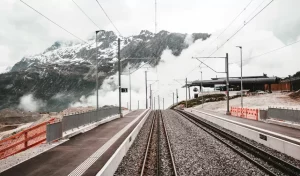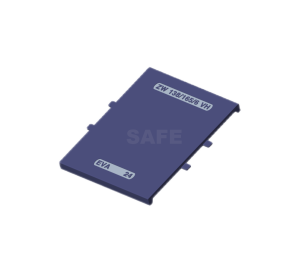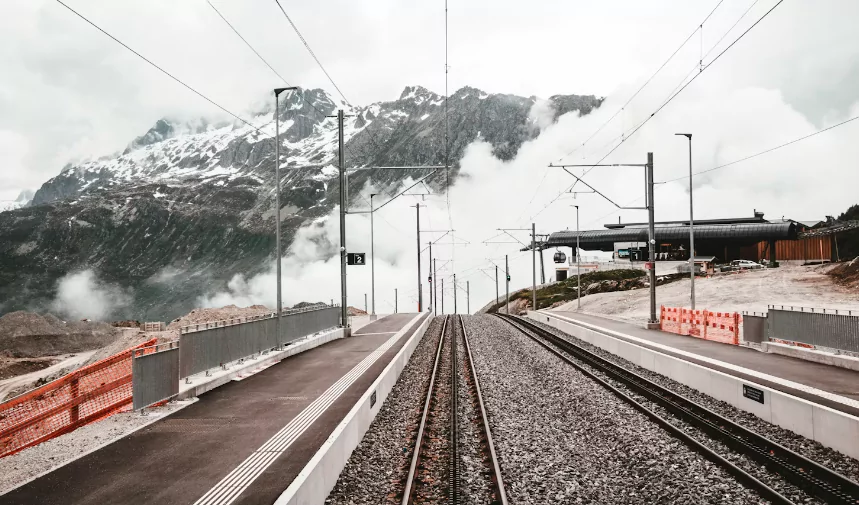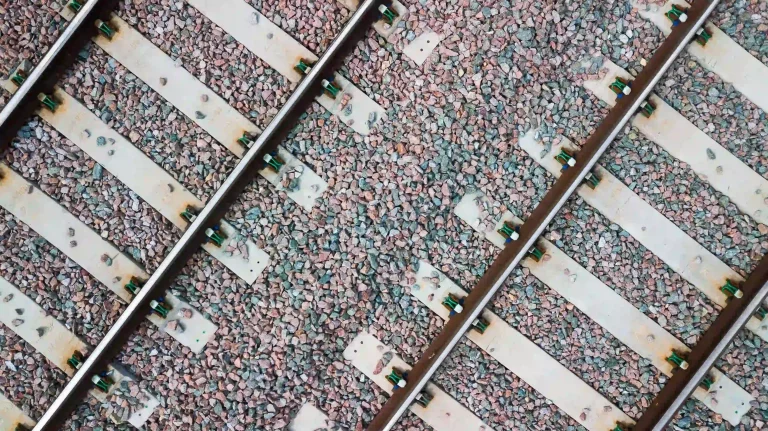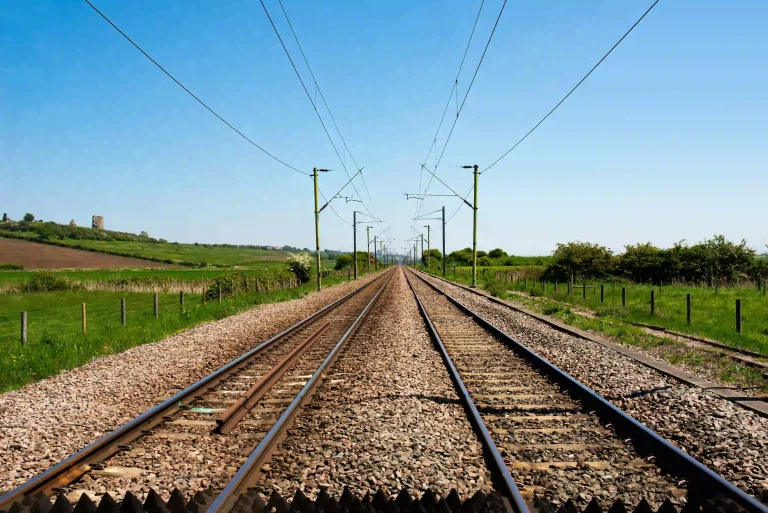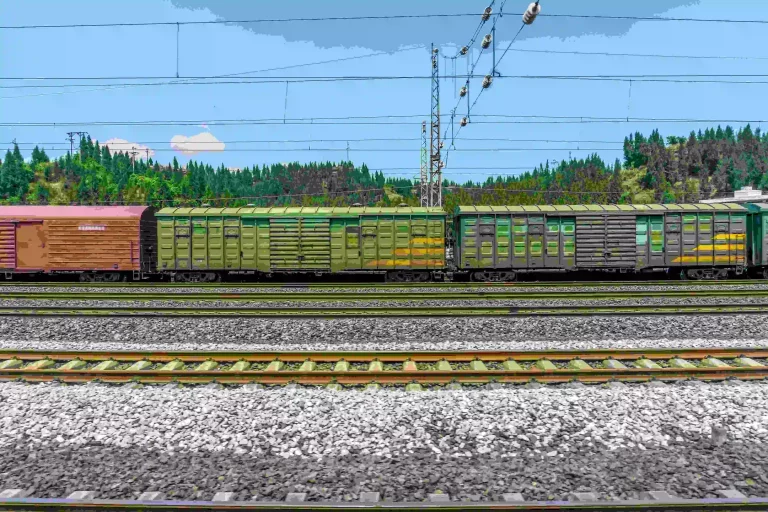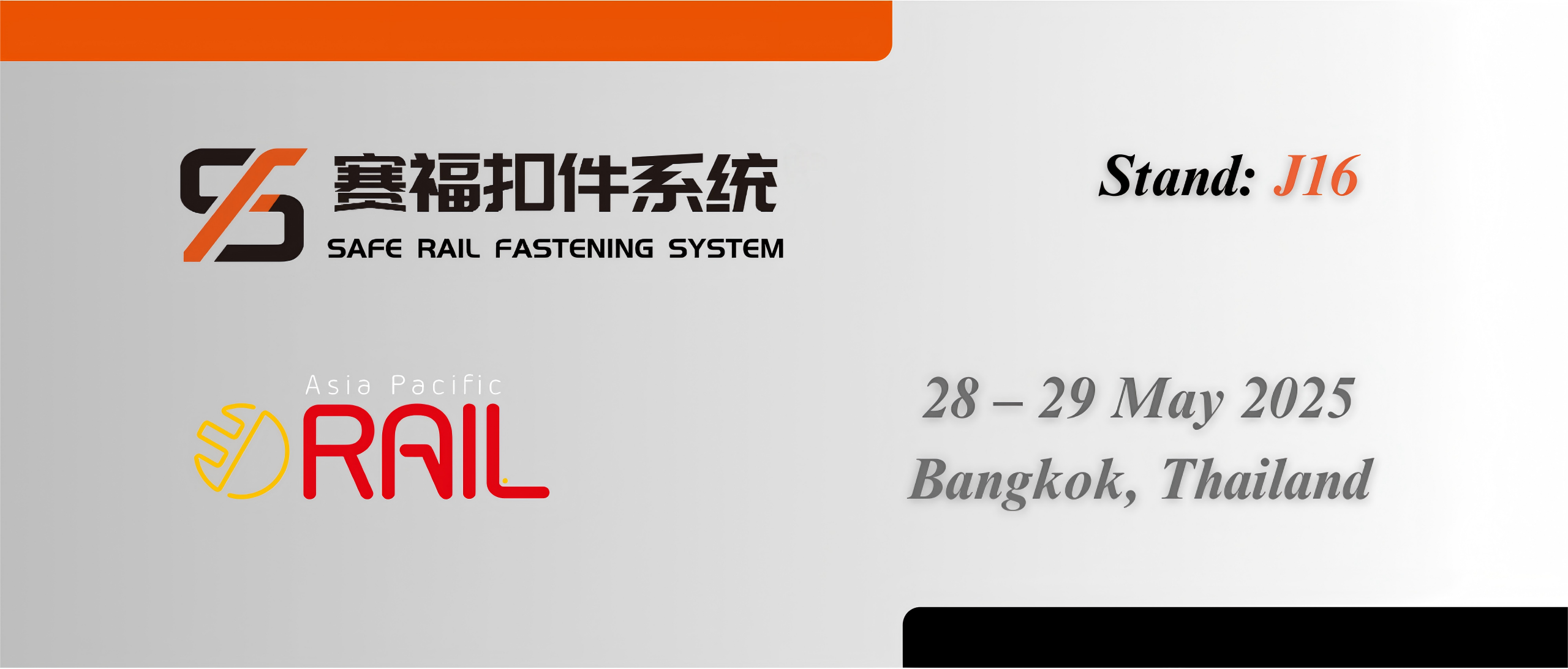Rail pads play a critical role in the stability and maintenance of railway systems. As an essential component in solidifying the relationship between the rail and the railway sleeper, they provide not only structural support but also enhance the overall performance of railway infrastructure. Understanding the specifications and functionalities of rail pads is crucial for professionals in the railway engineering field to ensure optimal performance and longevity of track systems.
Defining the Rail Pad: An Essential Component
Introduction to Rail Pads
Rail pads are high-performance components installed between rails and sleepers that serve multiple vital functions. They are designed to minimize the stress imposed by trains traveling at various speeds while ensuring that track alignment is maintained. Made from a variety of materials, rail pads are engineered to withstand heavy loads and different environmental conditions, making them a fundamental aspect of railway maintenance.
Material Composition and Design
Typically composed of resilient materials such as rubber or polyurethane, rail pads are designed with specific properties to optimize railway functionality. These materials offer a perfect balance between durability and flexibility, allowing rail pads to absorb shock loads while maintaining dimensional stability, even in harsh environments. The design incorporates features such as grooves or ribs that enhance grip and stability, contributing to the overall performance of rail systems.
Historical Evolution of Rail Pads
The concept of rail pads has evolved significantly over the years, driven by advancements in materials science and manufacturing technologies. In the late 20th century, rubber products were increasingly adopted for railway applications, culminating in improved designs that supported greater speed and stability. Recent innovations, including products developed by SAFE, harness advanced techniques in polyurethane pouring and injection molding, leading to the production of high-quality rail pads that meet modern rail requirements and standards.
The Functionality of Rail Pads in Railway Systems
Vibration Reduction and Noise Mitigation
One of the primary functions of rail pads is the reduction of vibrations and noise generated by trains. When a train traverses uneven track sections, the resulting vibrations can lead to discomfort for passengers and can also contribute to degradation of the track structure over time. Rail pads effectively absorb these vibrations, providing a quieter ride and extending the lifespan of both the tracks and adjacent structures.
Load Distribution and Impact Absorption
Rail pads serve to distribute the concentrated loads from the train wheels over a larger surface area of the sleeper beneath. This not only helps minimize localized stress but also inhibits the deformation of the railway infrastructure. They provide an essential cushioning effect that absorbs impacts, ensuring that track and sleeper systems remain intact, and facilitating safe and reliable train operations.
Enhancing Track Stability and Longevity
The installation of high-quality rail pads contributes significantly to the overall stability and longevity of railway tracks. By securely holding the rail in place, they prevent lateral movement, thereby minimizing misalignment issues that could arise from traffic or environmental influences. Furthermore, products such as those from SAFE are engineered to comply with stringent national and international standards, ensuring that railway networks maintain operational efficiency and safety over time.
In conclusion, understanding rail pads and their multifaceted roles in railway maintenance is essential for professionals in the field. The combination of their material properties, historical evolution, and critical functions within the rail systems contributes to safe, efficient, and durable railway operations.
SAFE’s innovations in rail pad technology represent a significant advancement in the industry, with products designed to meet the demands of modern railways. These pads are produced in state-of-the-art facilities using automated methods, which ensure consistent quality and performance. With an annual production capacity exceeding three million pieces, SAFE has established itself as a leader in the market, providing robust solutions that align with the evolving needs of railway maintenance.
In summary, rail pads play an indispensable role in the railway industry, and advancements in their design and material usage, particularly those offered by SAFE, promise continued improvements in railway safety and efficiency.
SAFE Rail Pads: Technological Innovations and Features
The advent of modern engineering has elevated rail pad design to new heights, with companies like SAFE leading the charge in technological innovations. SAFE rail pads are manufactured using advanced techniques that ensure consistency and durability across a range of products. With an emphasis on high-quality materials and engineering excellence, SAFE leverages automated production lines that utilize digital CNC technology for precision pouring and molding. This innovation not only improves production efficiencies but also allows for the customization of rail pad features as per specific application needs, elevating their performance standards in various conditions.
Importance of High-Quality Materials in SAFE Products
The choice of materials is crucial to the successful performance of rail pads. SAFE primarily uses resilient polyurethane and high-grade rubber compounds that provide enhanced elastic properties and longevity. These materials exhibit excellent resistance to wear, tear, and environmental stressors such as temperature fluctuations and moisture exposure, which is critical for maintaining the integrity of railway systems. Furthermore, SAFE’s commitment to sourcing high-quality components ensures optimal adhesion between layers, reducing the risk of delamination or premature failure, which could compromise safety. By utilizing superior materials, SAFE products contribute not only to the longevity of rail pads but also in maximizing overall rail system efficacy.
Design Elements and Engineering Excellence in SAFE Rail Pads
The engineering of SAFE rail pads incorporates advanced design elements that enhance operational performance. For instance, these pads often feature integrated grooves or ribs which provide added stability and prevent lateral movement of the rail, ensuring proper alignment under varying loads. Moreover, SAFE’s designs take into account factors such as load distribution and impact absorption which are vital in prolonging the lifespan of both the rail pads and the track. SAFE’s engineering processes also ensure that every product is tailored to meet specific installation requirements, providing tailor-made solutions for unique railway challenges. Such attention to detail reflects the commitment of SAFE to not just meet but exceed the expectations of clients.
Maintenance and Inspection Protocols for Rail Pads
Regular Inspection Guidelines
Implementing a framework for regular inspection of rail pads is essential for ensuring their functionality and longevity. Railway engineers should conduct comprehensive inspections at defined intervals, considering both visual and mechanical assessments. During these inspections, attention should be given to visible wear and tear, including abrasions, cracking, and material degradation. Regular checks can help in identifying early signs of fatigue, allowing for timely maintenance and replacements, thus preventing failure during operations. The inspection protocol must also encompass checking for proper alignment and securing mechanisms to ensure that rail pads are functioning correctly within the railway system.
Common Wear and Tear Issues to Watch Out For
Over time, rail pads may encounter various forms of wear and tear that need careful monitoring. Common issues include surface erosion, which can compromise the pad’s ability to absorb shock and reduce vibrations effectively; this neglect can lead to noise pollution and reduced passenger comfort. Additionally, degradation can manifest in the form of cracking, splits, or hardening of material, indicating that the pads may need immediate replacement to uphold safety standards. Observing these signs, along with assessing the overall condition of the fastening systems, provides valuable insights into the ongoing effectiveness of the rail pads. Encouraging a proactive approach to maintenance with scheduled checks can mitigate the risk of extensive damage and the associated costs in railway operations.
In conclusion, the essential role of rail pads in maintaining railway systems cannot be overstated. SAFE’s commitment to innovation, quality, and performance preservation through its rail pads is evident and positions it as a key player in the railway maintenance landscape. Their continuous improvement in material science, design, and manufacturing processes aligns with the increasing demands for reliability in modern railway infrastructure. By adhering to rigorous inspection protocols and focusing on preventive maintenance, the longevity and efficacy of rail pads can be ensured, enabling safer and more efficient transportation networks.



